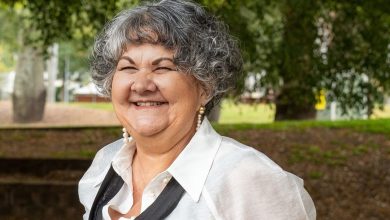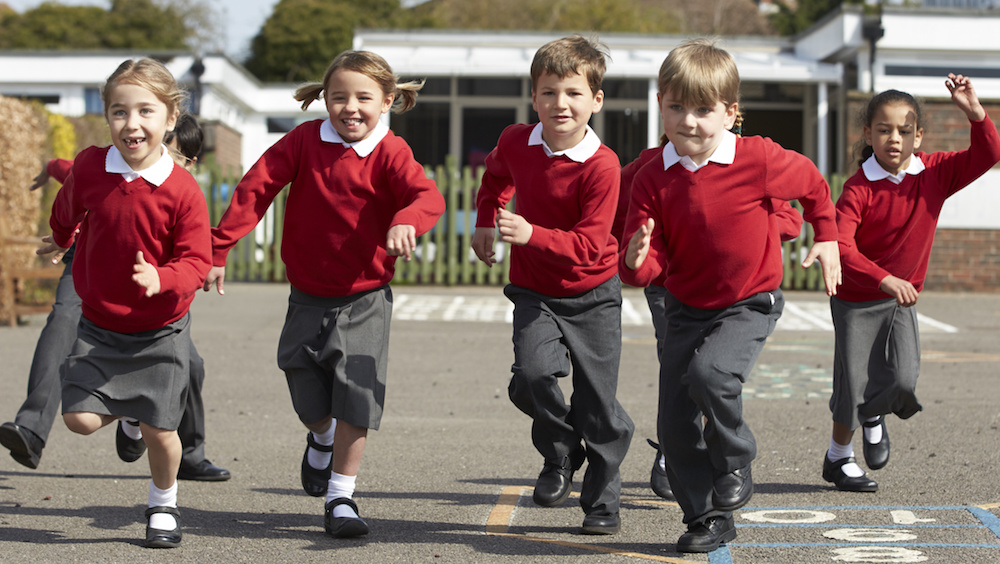
We know how to fix it, but the parents must listen. When Finland came out top in the ranking of world scores on literacy, maths and science it generated a major tourist boom as oodles of educators flocked to discover their elixir.
As Australia slips down these same rankings, we can be assured we will have no educational tourist boom.
We can be guaranteed that the world is watching our decline, and that the pride we have in being an “educated” “innovative” or “clever” country is based on wishes and hopes – not on evidence.
There are many excellent parts of the Australian school system, but standing still and resting on these laurels may come to haunt us.
There are many worrying parts, particularly the evidence of our decline in the world scene (we are the world’s fourth biggest loser). Yes, there is more to schooling than literacy, maths and science, but surely they should be in the mix.
It is unfortunate that the typical reaction by the media is either boom (or school people saying “just leave us alone”), or gloom (we need to change the fundamentals).
What we need is a robust discussion based on evidence about what is worth keeping and what is worth changing. Like when you clean your computer, we need a reboot.
Measuring growth
I watched US President Donald Trumps’ pick of education secretary flounder when asked her preference for measures of school success based on growth or achievement. She did not know the difference.
Achievement refers to a students status (such as on NAPLAN or from any test) and growth refers to the progress they make over time.
We need both. But critically, we need more evidence that each student is gaining at least a year’s growth for a year’s input, and we need the profession to have a robust debate about what a “year’s growth” should look like.
All my evidence points to the remarkable variation in how each teacher answers the question of what sufficient growth looks like.
If your child is in a class where the teacher has high expectations of this growth, they are more likely to impact your child than if your child is in a class down the corridor where the teacher has low expectations and understandings of this growth.
This is not saying we have a dominance of bad teachers; indeed, evidence shows that over 60% of our teachers and schools are probably already achieving this year’s growth.
What is needed
We need to use these highly accomplished teachers to lead this debate in the profession about what impact means.
We need the focus on growth to be more important than scores on a test at a particular time (which always favours those schools and teachers who have students who start higher).
We need a reboot that focuses effort and resources on supporting teachers to work together, collaboratively, to improve student progress to higher achievement.
This requires that we build a narrative that is based on:
- identifying and valuing expertise
- working together and opening classrooms to collaboration
- targeting resources at need of accelerated growth
- teachers and leaders accepting evidence and evaluating progress transparently over time
This means we need to reliably identify and value the expertise that pervades our current system.
We need to resource schools to focus on progress (this is where the funds and any increases in funds need to be prioritised, as this solution is not cheap and cannot merely be tacked on to current demands).
We need to give schools the tools to help interpret their impact on students, and we have to stop privileging structural solutions (more or different curricula, school types, choice claims) that are killing our excellence.
Complacency is our enemy
In Australia, we can have:
- the world’s best laboratory of “what works best”
- the most scalable story of success
- an education implementation model that is shared across schools and not resident in only a few
- dependable recognition of excellence
- and a celebration of success of teachers and school leaders
Our enemy is complacency – blaming the post-codes, deploring the parents, fixing the students not the system, and arguing for more resources to continue what is not working. Our enemy is parents wanting more choice over schools, more resources to make structural changes (fancy buildings, fancy curriculum) and politicians listening to these parent pleas to solve the wrong problems.
Giving students more of what we had when we went to school may prepare them better for our world, but not for their world.
Each time I meet a minister or director general my challenge is,
“it is an honour during your term of office to NOT visit Finland, Shanghai, or Singapore – have you the courage to reliably identify the excellent schools and teachers we already have in Australia and learn from them?
We have excellence all around us, let us not lose it by privileging and resourcing the wrong drivers of accelerated progress.
It is time for a reboot.
![]() This piece was written by Professor John Hattie, Melbourne Graduate School of Education, University of Melbourne. The article was originally published on The Conversation.
This piece was written by Professor John Hattie, Melbourne Graduate School of Education, University of Melbourne. The article was originally published on The Conversation.
• John Hattie explores this theme further in a new book called Educating Australia: Challenges for the Decade Ahead.







